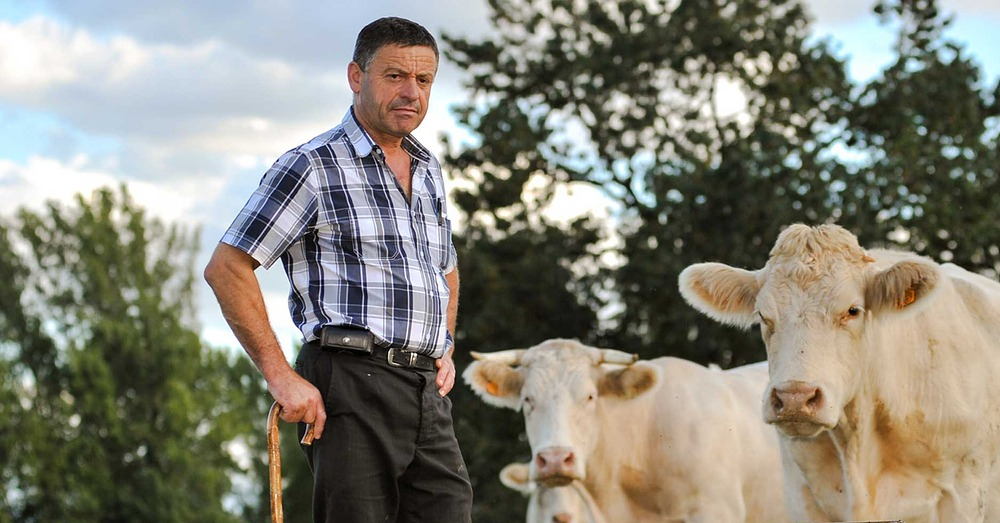
How Midwestern Farmers Could Help Save the Gulf of Mexico
Cleaning up the dead zones would lead to more productive fisheries, increased tourism, and higher property values—benefits that would total $22 billion per year, according to the Chesapeake Bay Foundation.
August 1, 2017 | Source: Mother Jones | by Tom Philpott
This cool technique can rescue sea creatures and soil—so why aren’t more farmers using it?
If you pay state taxes in Maryland, you fund a program that gives farmers as much as $90 per acre—$22,500 annually for a typical corn operation—to plant a crop that’s not even intended for harvest. This absurd-sounding initiative cost the state’s coffers a cool $24 million in 2015.
Yet I come not to expose a government boondoggle, but to praise an effort crucial to saving our most valuable fisheries. Let me explain.
From Iowa, the excess fertilizer heads downstream into the Mississippi, where it helps fuel an annual dead zone in the Gulf of Mexico that this year is the size of New Jersey, the largest ever recorded.
Every summer, an algal bloom stretches along the Chesapeake Bay, the most productive estuary in the continental United States. As the algae dies, it sucks oxygen from the water, suffocating or driving away marine life. Cleaning up the dead zones would lead to more productive fisheries, increased tourism, and higher property values—benefits that would total $22 billion per year, according to the Chesapeake Bay Foundation.
